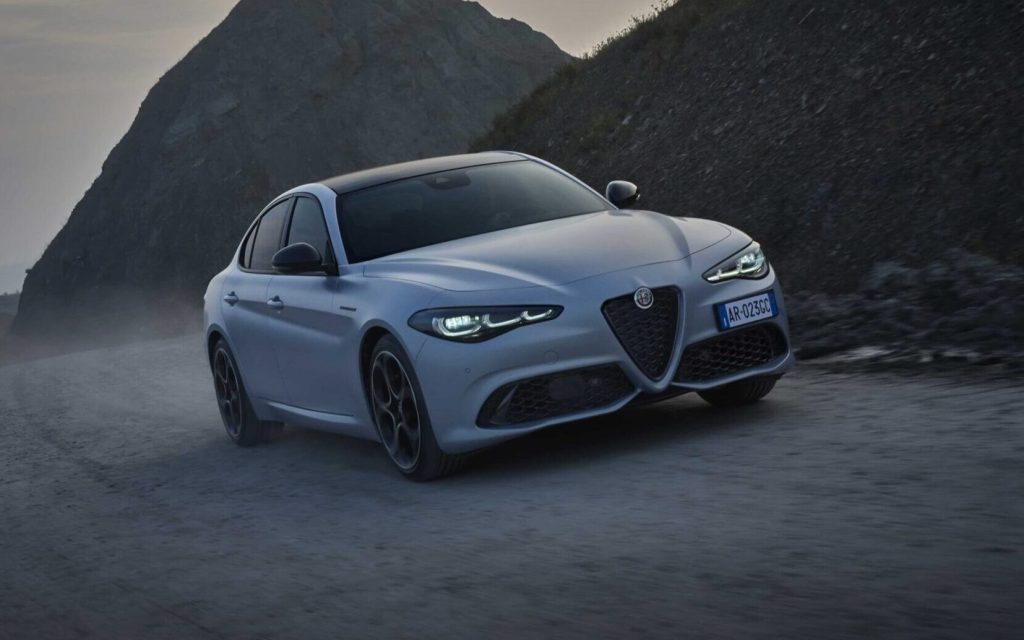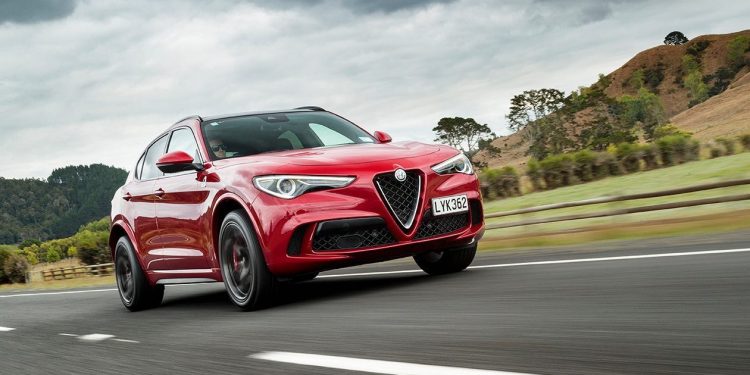Alfa Romeo extends Giulia and Stelvio production to 2027 amid EV rethink
Alfa Romeo has confirmed that production of the Giulia sedan and Stelvio SUV will continue until 2027, extending the lifespans of both models by two years as the brand reconsiders its electric-only future.
Originally slated to end production in 2025, the Giulia, which debuted in 2015 as Alfa’s answer to the BMW 3 Series, will now continue to roll off the line at the Cassino plant in Italy. The Stelvio, launched in 2016, will also remain in production through the same period. Both models are built on Alfa’s acclaimed Giorgio platform, developed through a €1 billion investment under the late Sergio Marchionne’s leadership at Fiat Chrysler Automobiles.

EV ambitions delayed
The decision to extend production stems from Stellantis’ revised strategy for Alfa Romeo’s next-generation models. The brand had previously committed to becoming fully electric by 2027, but slower-than-expected EV adoption has prompted a rethink. Alfa will now develop combustion-compatible versions of the next Giulia and Stelvio using the STLA Large platform, which underpins a range of future Stellantis vehicles.
Read more – Alfa Romeo Tonale evolves with fresh design and tech
This shift means Alfa’s upcoming generation of models will retain internal combustion engines alongside electric powertrains, a move that mirrors similar adjustments across the automotive industry as manufacturers temper their timelines for full electrification.
Speaking at the launch of the updated Tonale, Alfa Romeo CEO Santo Ficili confirmed the extension, noting that the brand needs “more time to adapt” its new platform to accommodate both ICE and EV configurations.
Future powertrains and plans
While Alfa has yet to confirm what engines will power the new models, speculation suggests that the twin-turbo “Hurricane” inline-six from the Dodge Charger Sixpack, also a Stellantis product, could be one candidate. For high-performance Quadrifoglio variants, Alfa may also look to Maserati’s twin-turbo V6 used in the MC20 and Grecale Trofeo.





